Are your twitching legs keeping you awake at night? Do you regularly feel like you have an itch that you just can’t scratch? You may be suffering from restless legs syndrome.
In this article, we’ll talk about the causes of this condition, and you’ll learn eight yoga poses to treat restless legs.
What Is Restless Legs Syndrome?
Restless Legs Syndrome (RLS) is a nervous system disorder that causes the following symptoms: an uncontrollable urge to move, burning or itching in the lower body, and general sensory discomfort.
Suffering from a sore neck, back and shoulders? Get our mobility guide to ease pain and soreness.
Get The FREE Mobility Guide To Fix Your Pain Today!
It affects up to 10% of adults in industrialized nations and is more common in women than men; RLS prevalence is higher in Western populations than Asian countries (1) (2).
What Causes Restless Legs Syndrome?
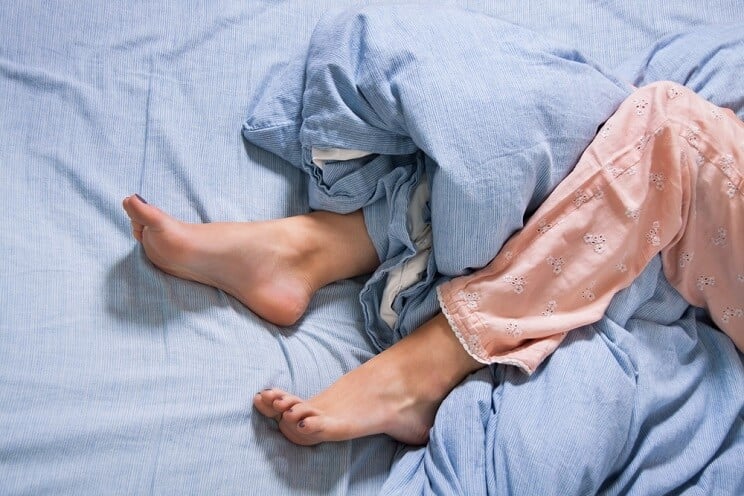
Saying that, structural and nutritional deviations may exacerbate, if not cause, restless legs:
Structural: Ongoing discomfort in the lower limbs points to some kind of structural issue in the posterior chain, such as compression or tightness in the hamstrings, SI joint issues, restrictions in the hip or piriformis, or spinal compression. Exercise, stretching and massage can help mild to moderate cases of RLS, and shortly you’ll learn of the best yoga poses to treat restless legs syndrome.
Nutritional: Nutritional deficiency is another possible cause of Restless Legs Syndrome. While much research already points to the connection between low iron and the occurrence of RLS (4), other vitamins and minerals also play an important role in healthy muscle function, including vitamin D, magnesium, potassium and folate.
- Iron and vitamin D: both are required for proper dopamine signaling, and a deficiency in either of these elements could impair function in the neurotransmitters that affect muscle movement (5) (6).
- Magnesium: this essential mineral plays a role in regulating nerve and muscle function, and a magnesium deficiency can cause muscular contractions and cramps. Studies suggest that magnesium supplementation may help manage RLS symptoms in mild-to-moderate cases (7) and may reduce the severity of insomnia in RLS patients (8).
- Potassium: this mineral helps to regulate blood pressure and muscle contraction, maintain muscular strength, and correct functioning of nerve impulses (i.e., signals transmitted along a nerve fiber that stimulate or inhibit muscle and gland function). Incorporating potassium-rich foods, such as banana, yogurt, avocado, mango, spinach and kiwi, into the diet can reduce muscle cramps (which are one symptom of RLS).
- Folate: also supports nervous tissue and muscular tissues, and supplementation has been shown to alleviate the symptoms of RLS and may play a role in its treatment (9). However, be sure to talk with your doctor before starting the use of any new dietary supplement, and find out exactly what vitamins or minerals you may need to supplement.
Restless Legs Syndrome Effects on Long-term Health
RLS symptoms tend to be worse at night due to muscular inactivity, which disrupts sleep and can cause insomnia. This sleep deprivation can lead to weight gain, brain fog, anxiety and insulin resistance (10) (11) (12). There is a direct link between RLS and depression due to insomnia (13).
Natural Remedies for Restless Legs Syndrome
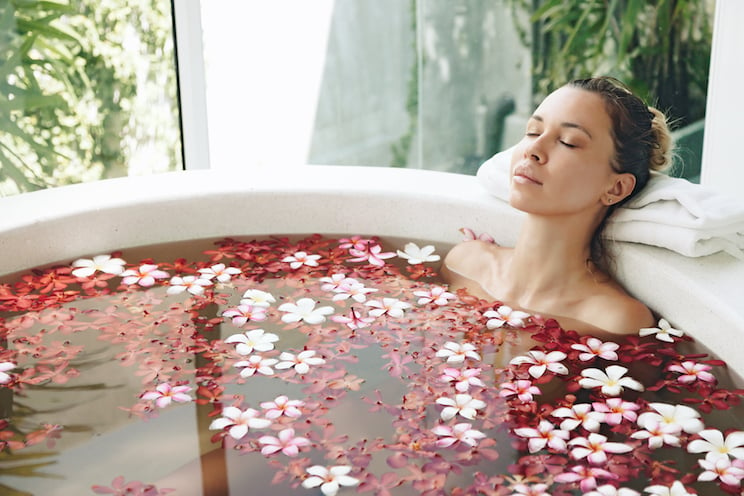
- Participate in light to moderate exercise (but avoid high intensity exercise)
- Take warm baths
- Use hot and cold packs
- Manage stress and practice meditation
- Avoid caffeine and alcohol
- Consider acupuncture, massage or wellness chiropractic
- Stretch and mobilize the leg muscles
8 Yoga Poses to Treat Restless Legs
As mentioned above, RLS may be exacerbated by structural issues in the lower, posterior chain.
The following eight yoga poses help treat restless legs syndrome by stretching and relaxing the sections of the lower body that are causing discomfort. When choosing yoga poses or any other stretches to ease RLS, prioritize those that decompress and mobilize muscles in the back of the legs, the piriformis and SI joint, the hip girdle, and the low back.
Yoga provides the added benefit of relaxing the adrenal glands and reducing cortisol levels, which may reduce stress caused by RLS-induced insomnia.
Down Dog (Pedal) | 10 breaths per side
Start in downward facing dog position (an upside-down “V”). EXHALE, bend the left knee and press the right heel to the floor; hold for the INHALE. EXHALE, bend the right knee and press the left heel to the floor; hold for the INHALE. Continue to pedal your feet for 10 total breaths on each leg.
Cobra | 6 reps
Lie on your stomach and place the forearms on the floor, hands slightly forward of the shoulders. Squeeze your buttocks, draw your navel to your spine, and lift the head and chest up from the floor in spinal extension. Slowly lower back down. INHALE to lift, EXHALE to lower. Keep the feet and hips on the ground at all times and visualize your spine lengthening. Repeat six times.
Up Dog | 3 reps
To advance cobra, place the palms directly underneath the shoulders, squeeze the buttocks, draw your navel to your spine, and then lift the head and chest, straightening your arms to also lift the hips from the floor. The feet stay on the ground as you lift your heart up to the ceiling and open the hip crease. INHALE to lift, EXHALE to lower. Repeat three times.
Pigeon | 5 breaths per side
Bend the right knee to 45º and point the right heel to the left hip bone; the left leg is extended straight behind you and your palms press into the floor. Keeping the chest upright, take five deep breaths and feel the stretch in the right outer hip. Repeat on the other side.
To advance: lower the arms and head to the floor. Hold for another 5-10 breaths, then switch sides.
Half Forward Fold | 6 breaths per side
Start seated with the left leg straight and the right knee bent to the side (the right foot touches the inner left thigh). Keeping a flat back, hinge forward and reach for your foot or shin. Hold for six breaths, then switch sides. For assistance, place a towel or yoga strap around the arch of your extended leg foot.
Full Forward Fold | 6 breaths
Start seated with both legs straight in front of you and the ankles flexed. Lean forward and rest your head towards your knees. Hold for six breaths. For assistance, place a towel or yoga strap around the arches of the feet, or place a pillow on your shins for added lift.
Bridge | 3 breaths
Lie on your back with your feet hip distance apart; you should be able to touch your heels with your extended fingers. EXHALE, lift the hips up and interlace the hands under the back, pressing the fists into the ground to open the chest. Stay for three breaths, squeezing the backside to decompress the low back and open the hip crease.
Bow Pose | 3 breaths per side
Lie on your belly with your elbows bent as in cobra. Bend your right knee, bringing the heel as close as possible to your buttocks. Reach your right arm back and hold the ankle, then lift the head and chest and look forward; hold for three breaths before switching sides.
To advance: reach back for both ankles, INHALE, lift the head and chest and hold for three full breaths (make sure that your knees stay in line with your hips and don’t splay to the side). Repeat up to three times.
(Your Next Workout: The 10-Minute Yoga Routine for Perfect Sleep)


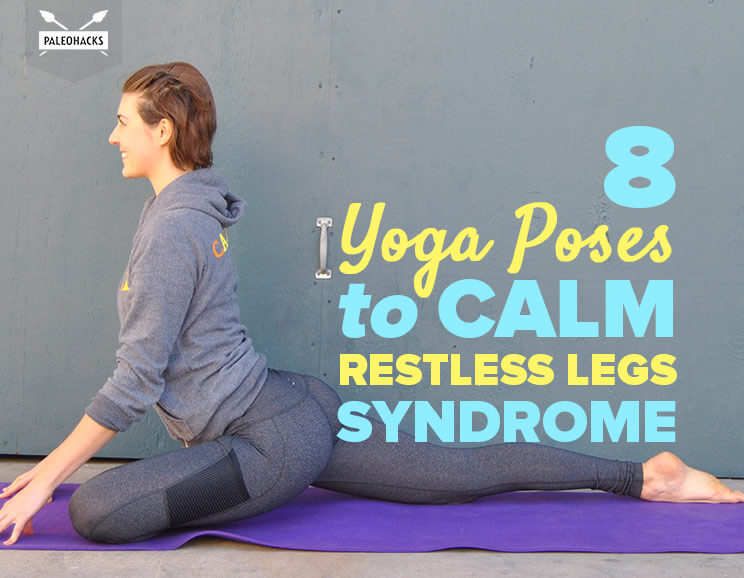
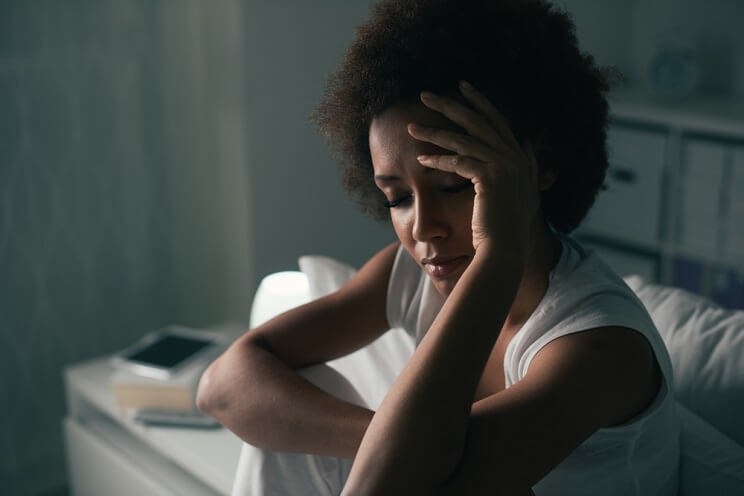
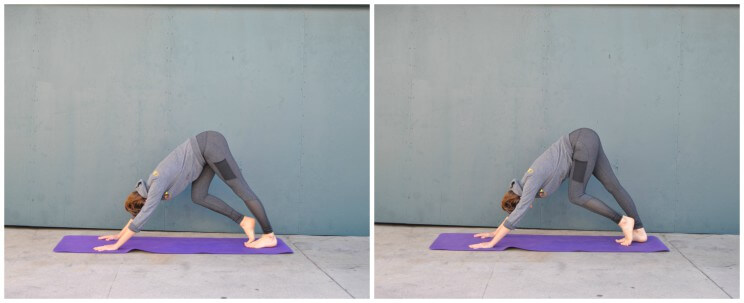

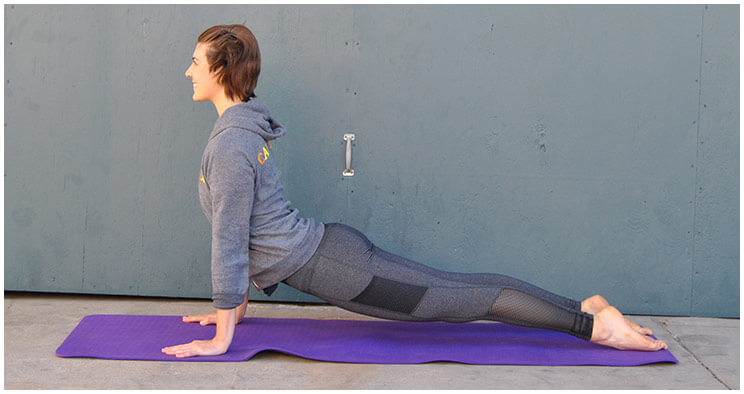

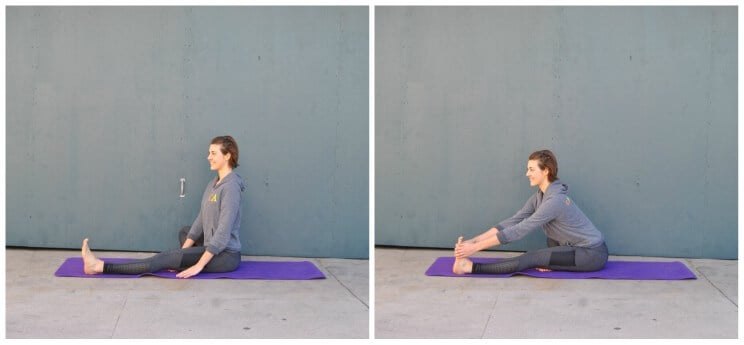
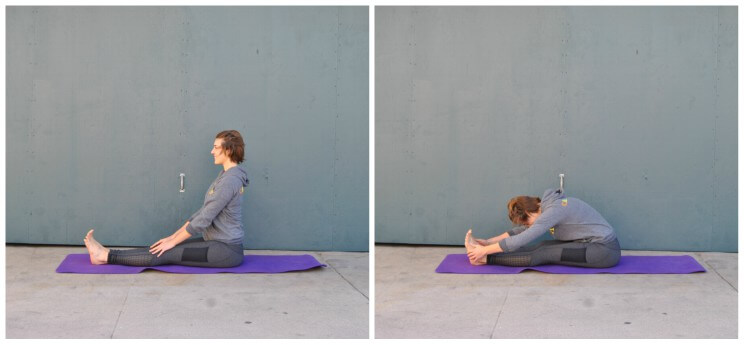

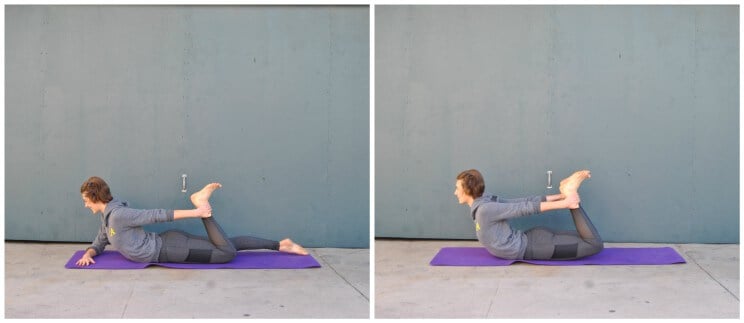
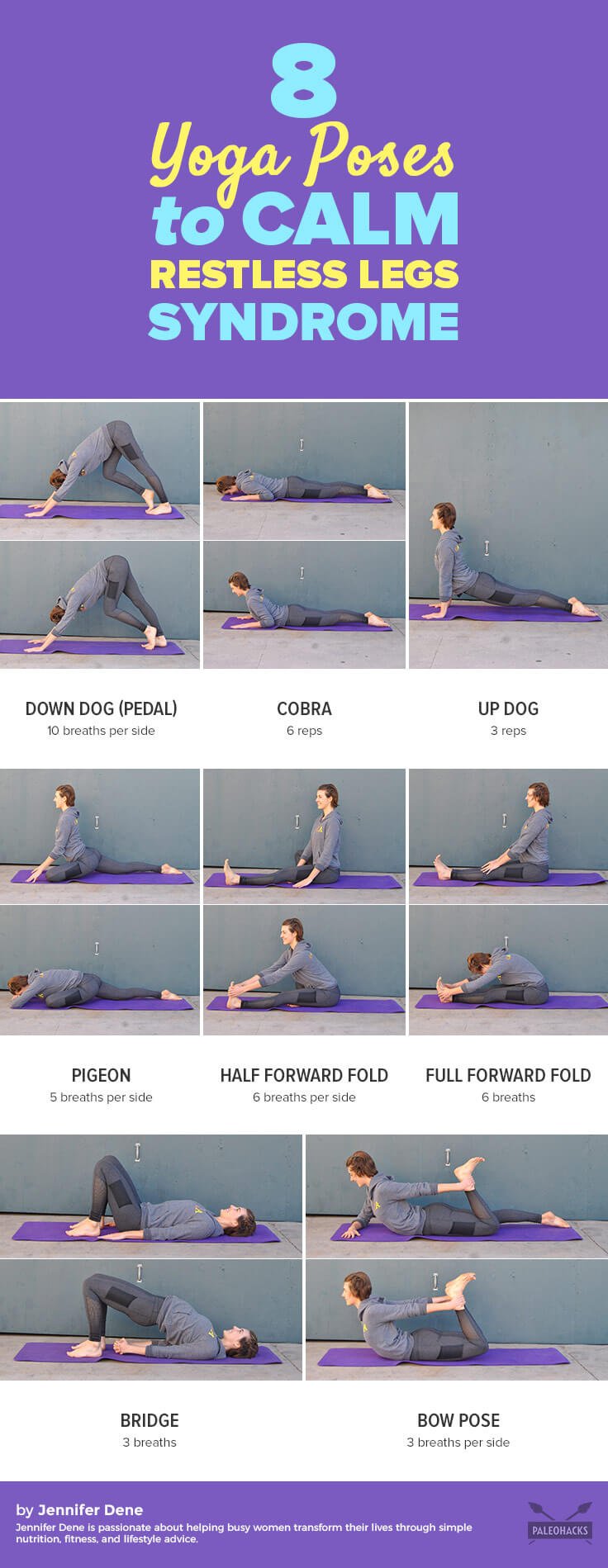
 Chicken with Creamy Coconut Sun-Dried Tomato Sauce
Chicken with Creamy Coconut Sun-Dried Tomato Sauce
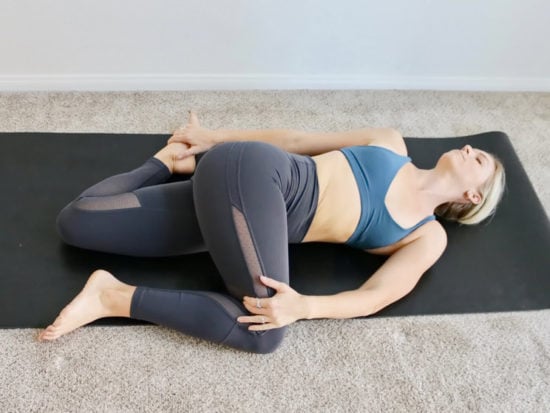
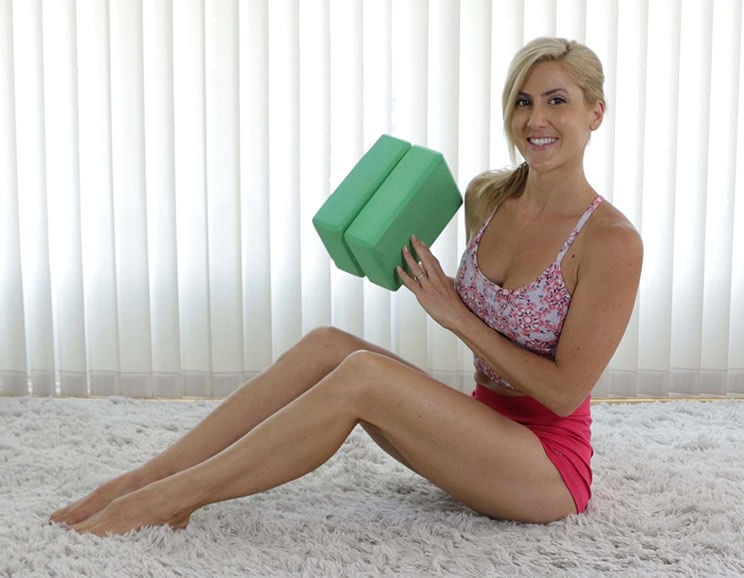
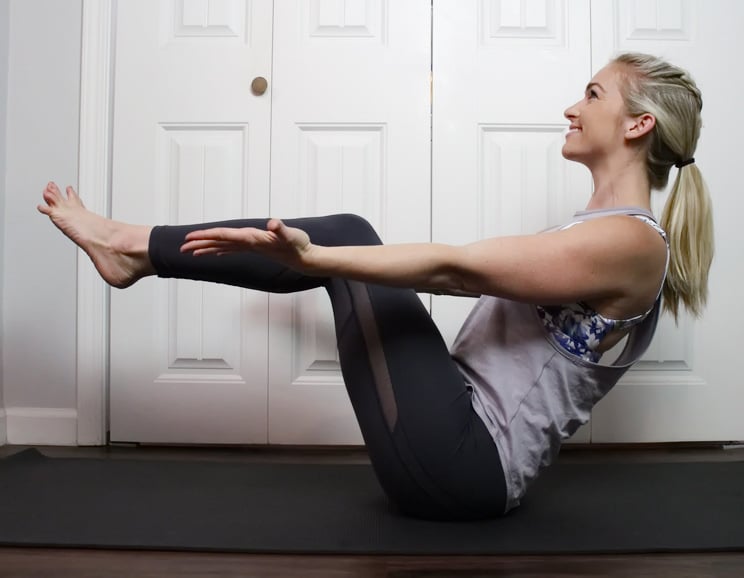
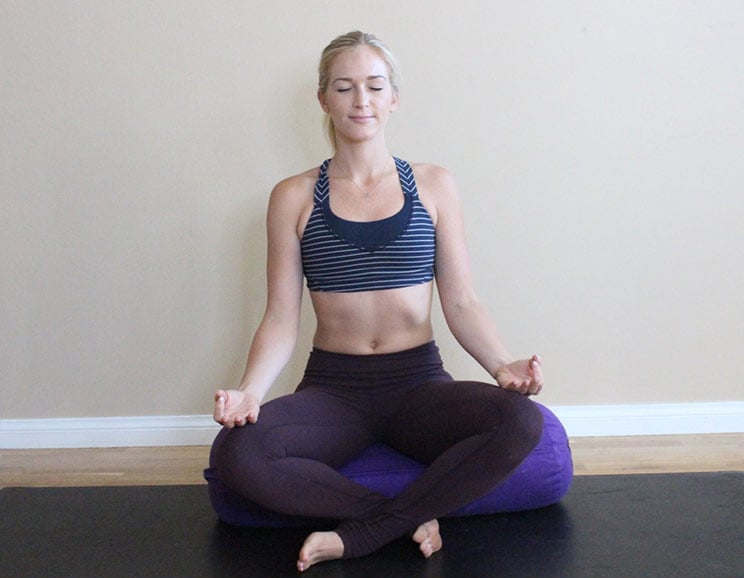
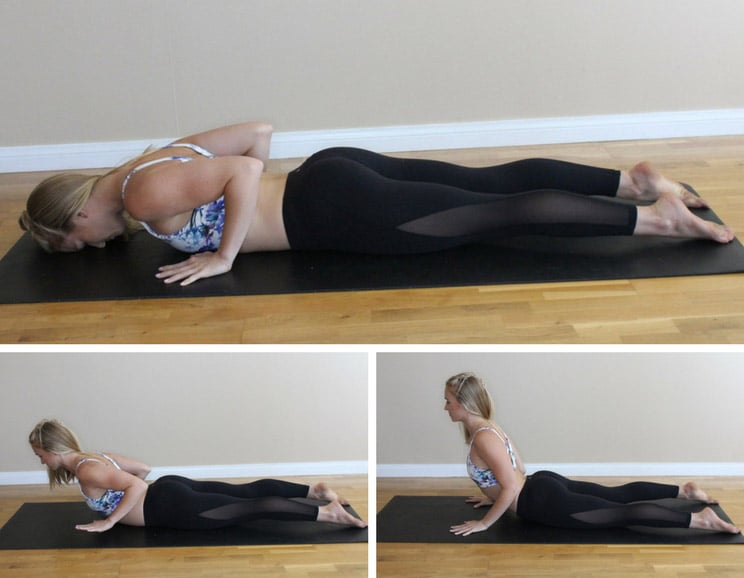
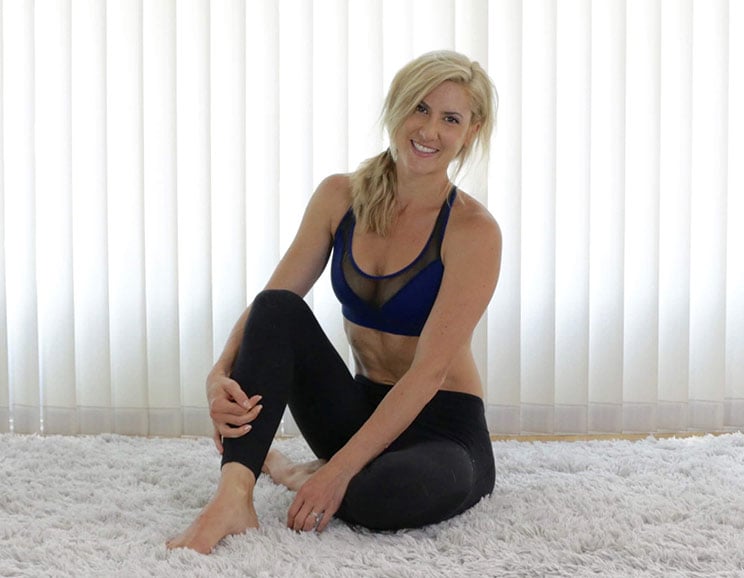
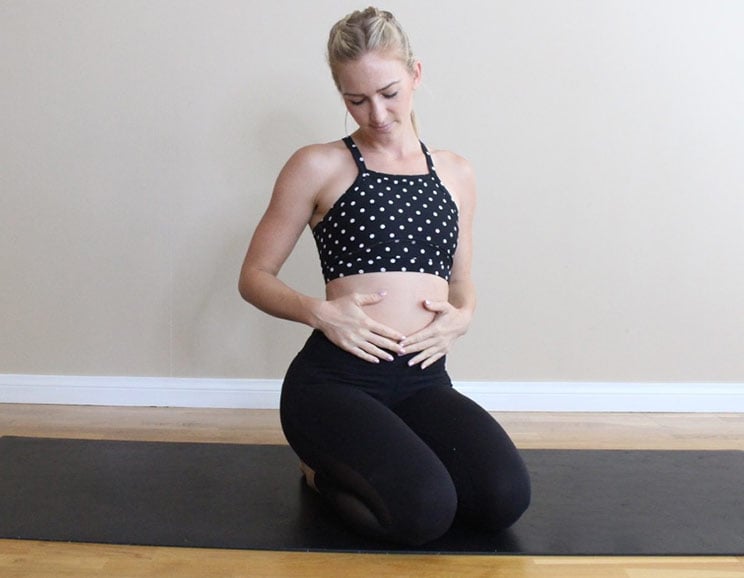
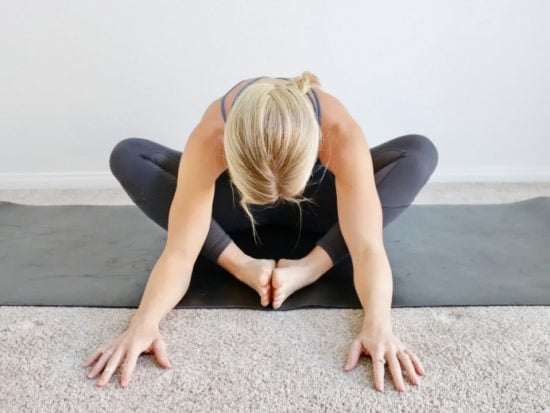
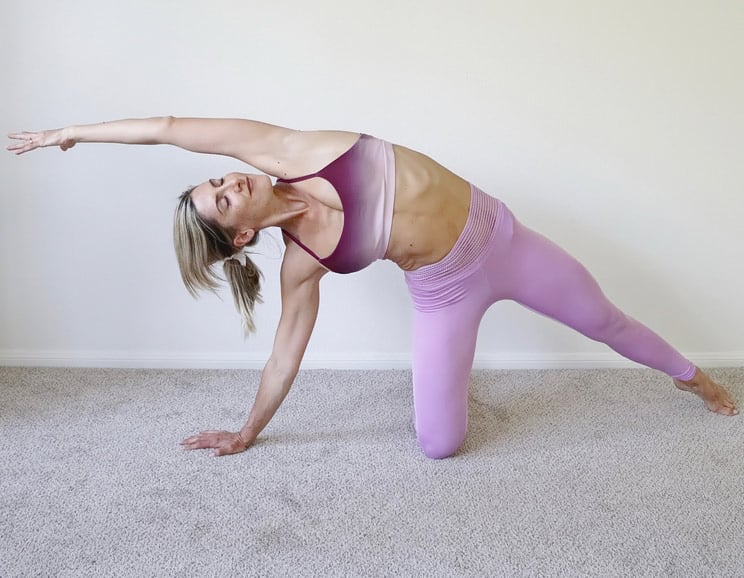
Show Comments